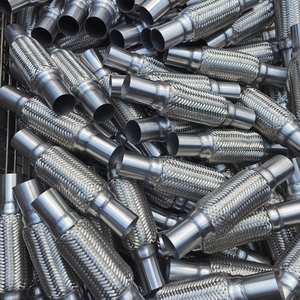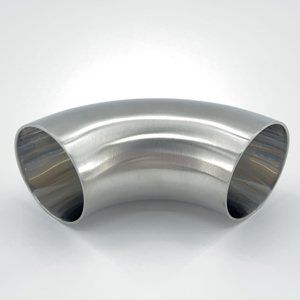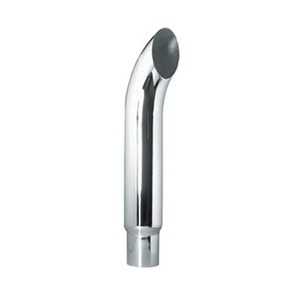
All categories
Featured selections
Trade Assurance
Buyer Central
Help Center
Get the app
Become a supplier

(100 products available)











































A stack exhaust tip is designed to be added to the end of a diesel truck's exhaust system. It is available in various sizes and finishes. Below are some popular types of stack exhaust tips.
Exhaust tips come in various sizes and materials. Each has its own specifications and requires different maintenance practices. Here are some general tips for maintaining exhaust tips.
Regular cleaning is important to maintain the tip's appearance. Remove dirt, grime, and carbon deposits that can accumulate on the surface. Use a soft cloth or a non-abrasive brush to avoid scratching the finish.
Some cleaning products contain harsh chemicals that can damage the tip's finish. Avoid using these products. Instead, use mild soaps and cleaners to remove dirt and debris.
Regularly inspect the exhaust tip for cracks, rust, or other damage. Address any issues immediately to prevent further damage.
Ensure the exhaust tip is properly installed and securely attached to the exhaust pipe. Loose tips can cause rattling and damage the exhaust system over time.
Choosing the right tip for a particular vehicle requires considering some factors that can influence the final decision. Here are some of them:
Car owners need to ensure that the exhaust tip will fit properly on the end of the existing exhaust pipe. This requires knowing the diameter of the exhaust pipe and selecting a tip with a matching inlet size. A proper fit will also ensure the exhaust tip enhances the vehicle's appearance and doesn't look out of place.
There are various materials to choose from when selecting a new exhaust tip, such as stainless steel, carbon fiber, and titanium. Stainless steel is popular due to its durability and ability to resist corrosion. Other materials are more unique and offer distinct visual characteristics. For example, carbon fiber is known for its sleek appearance, while titanium can change color when exposed to heat.
Choosing a style that matches the vehicle's overall aesthetic is important. Popular styles include angled, rolled, and dual tips. The exhaust tip should enhance the vehicle's appearance without standing out too much.
Considering the length of the exhaust tip is also important. Longer tips can give the exhaust a more pronounced appearance, while shorter tips provide a more subtle look. Car owners should select a length that complements the vehicle's overall design.
Thinking about the ease of maintenance is important. Car owners should choose an exhaust tip that is easy to clean and won't require a lot of upkeep to maintain its appearance. Stainless steel is a good choice, as it can be cleaned with basic supplies.
Setting a budget is also important. Exhaust tips are available at various price points, so car owners should find a tip that offers the desired style and features while staying within budget.
Car owners should look for tips that are manufactured by reputable brands known for creating durable products. Reading reviews from other customers can provide insight into the quality of the exhaust tips.
While the exhaust tip itself generally does not affect the sound or performance of the exhaust system, some styles may slightly alter the exhaust note. Consider how the exhaust tip design may match the desired sound and performance requirements.
Replacing a stack tip exhaust by oneself is not difficult if you have the necessary tools. Here are some instructions to replace a dual exhaust tip:
Q1: Do tips increase fuel mileage?
A1: Exhaust tips have a minimal effect on fuel economy. The changes in fuel mileage are negligible. The tips improve the performance of the car by allowing the engine to release the exhaust gas with less restriction. The tips also produce a deep sound during acceleration, which makes the vehicle sound better. This, in turn, makes the driver feel good and improves the driving experience.
Q2: What is the purpose of dual exhaust tips?
A2: Dual exhaust tips are for cosmetic purposes. They make the vehicle look better by giving it a sporty appearance. The tips are not meant to increase fuel efficiency or engine performance. They are added extras that enhance the vehicle's aesthetic appeal.
Q3: Are exhaust tips universal?
A3: Exhaust tips are available in different sizes and configurations. Although they may fit a wide range of vehicles, they are not entirely universal. To get the right fit, car owners need to choose exhaust tips designed for their vehicle's specific exhaust system. Using the wrong tip may lead to installation problems and, in some cases, damage to the exhaust system.